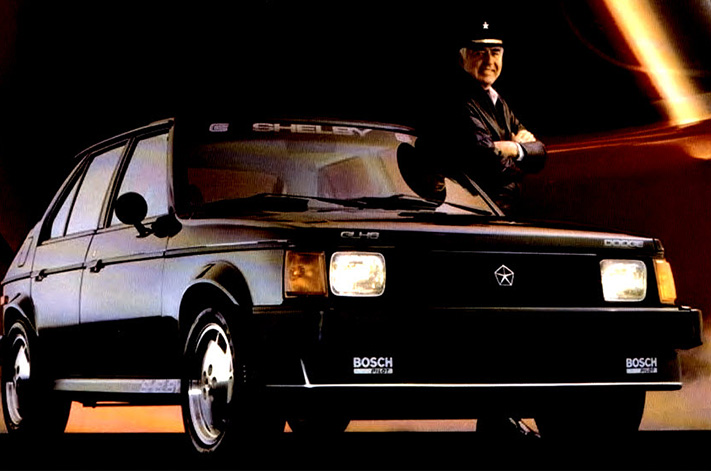THE safe thing to do here would have been to award the Mk1 Golf GTI the crown and have all the rest scrapping for the minor placings but, in the interests of avoiding just another cut and paste selection, we’re not going there.
In fact, the Mk1 doesn’t make the cut here at all. Clearly, there’s a spadeful of subjectivity that’s gone into this one, and alongside some familiar faces are a few left-fielders. Take a look and see whether you agree.
GOLF GTI Mk2 16v The Mk1 Golf GTI is overrated. Discuss. While it popularised the hot hatch genre, sportier versions of mainstream hatches like the Autobianchi A112 Abarth and the Renault 5 Alpine predated its July ’76 on sale date. Give Nathan Ponchard enough beer and time (and rope) and he’ll even make a passionate case for the ’68 Renault 16TS being the first hot hatch. Instead we prefer the faster and more composed Mk2, which came with the added bonus of the rev-happy 16-valve 1.8-litre lump which lifted peak power from 82 to 102kW. Aside from big-money Mk2 specials like the Rallye and Limited, we reckon this is the early Golf to go for.
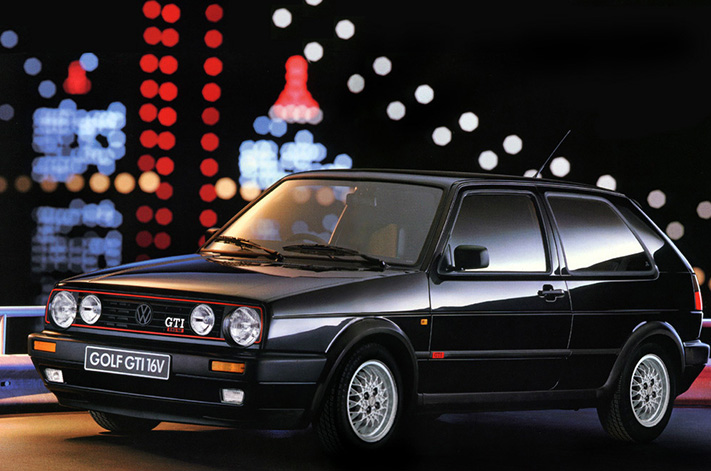
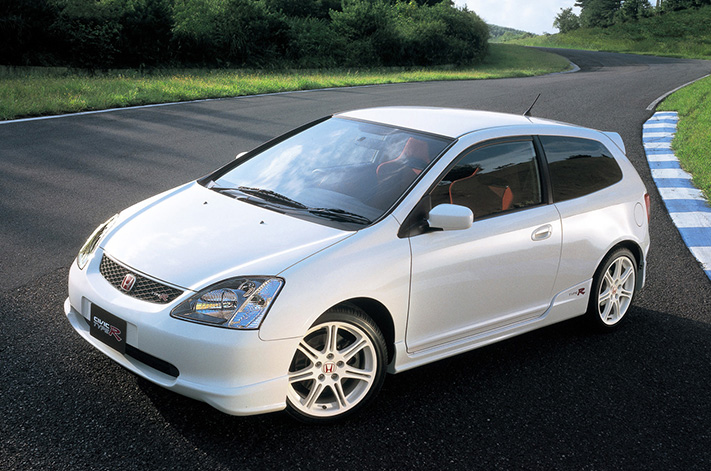
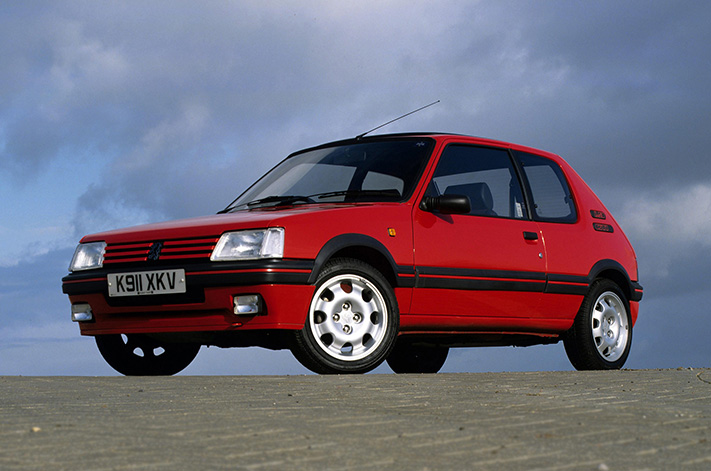
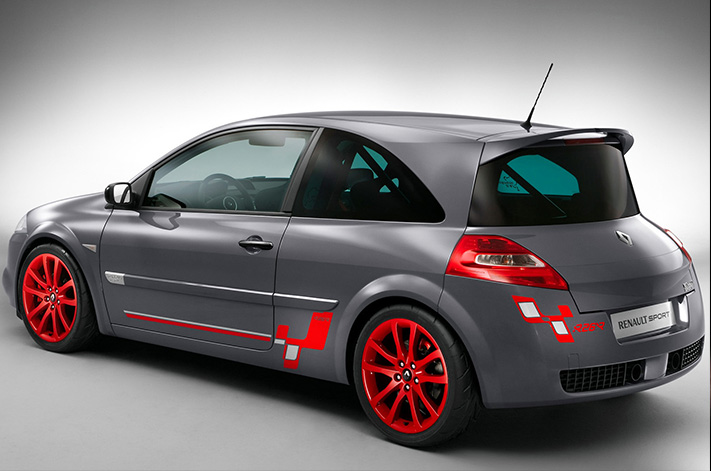
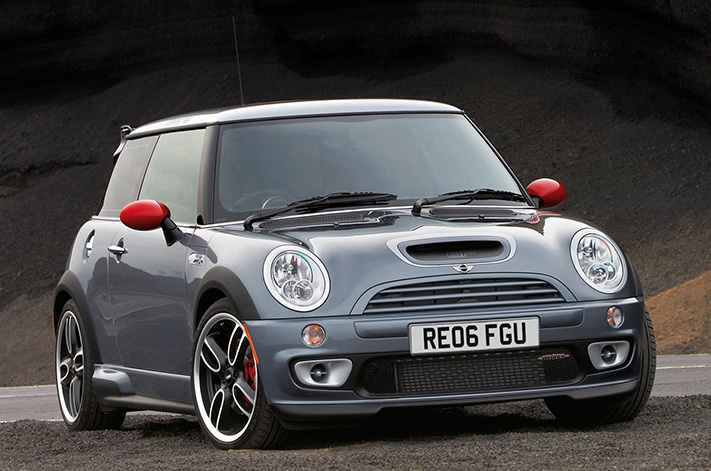
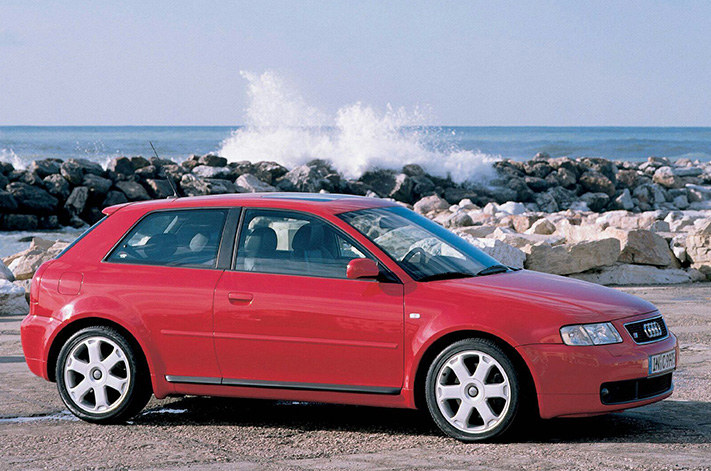
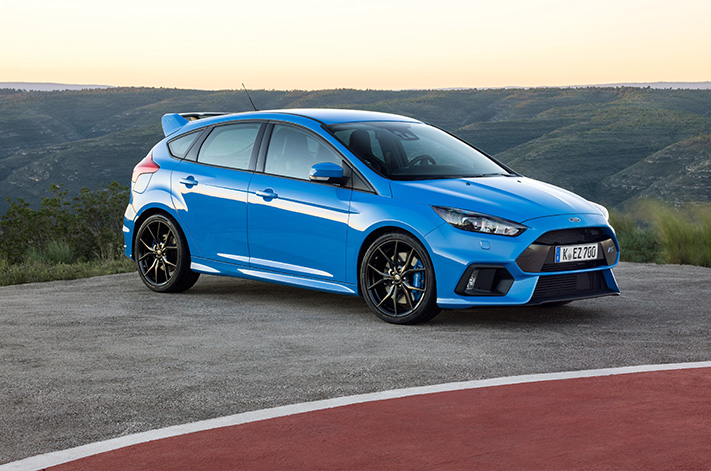
Homologation was completed in time for the 1981 Monte Carlo Rally, in which Jean Ragnotti achieved the mid-engined Five’s first WRC victory. He followed that by winning the Tour de Corse in May 1982. Ragnotti won his second Tour de Corse victory in May 1985 in the pumped up Maxi version, but by now the writing was on the wall. All-wheel drive rally cars had eclipsed the wild Renault. Roadgoing versions of Turbo IIs pop up from time to time here in Australia for about $90K. This or a modern superhatch? In terms of pure charisma, there’s really no competition.
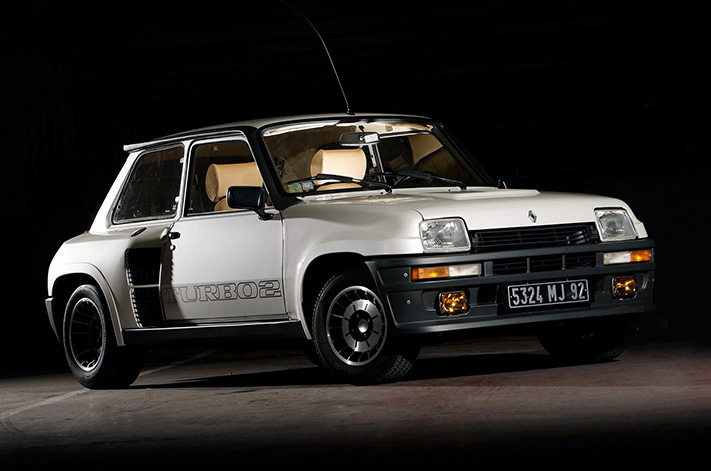
Five top unbelievable barn finds
That victory came in 1983, with points contributions chiefly from Walter Rohrl and Markku Alen, beating the Audi Quattros of Hannu Mikkola, Michele Mouton and Stig Blomqvist. The Stradale road versions were delivered in a pretty mild 153kW state of tune but with a modest amount of tweaking, the supercharged Abarth-developed two-litre four would develop north of 240kW. Finding a place for your shopping isn’t going to be easy with this one, but we had to give it the nod.

